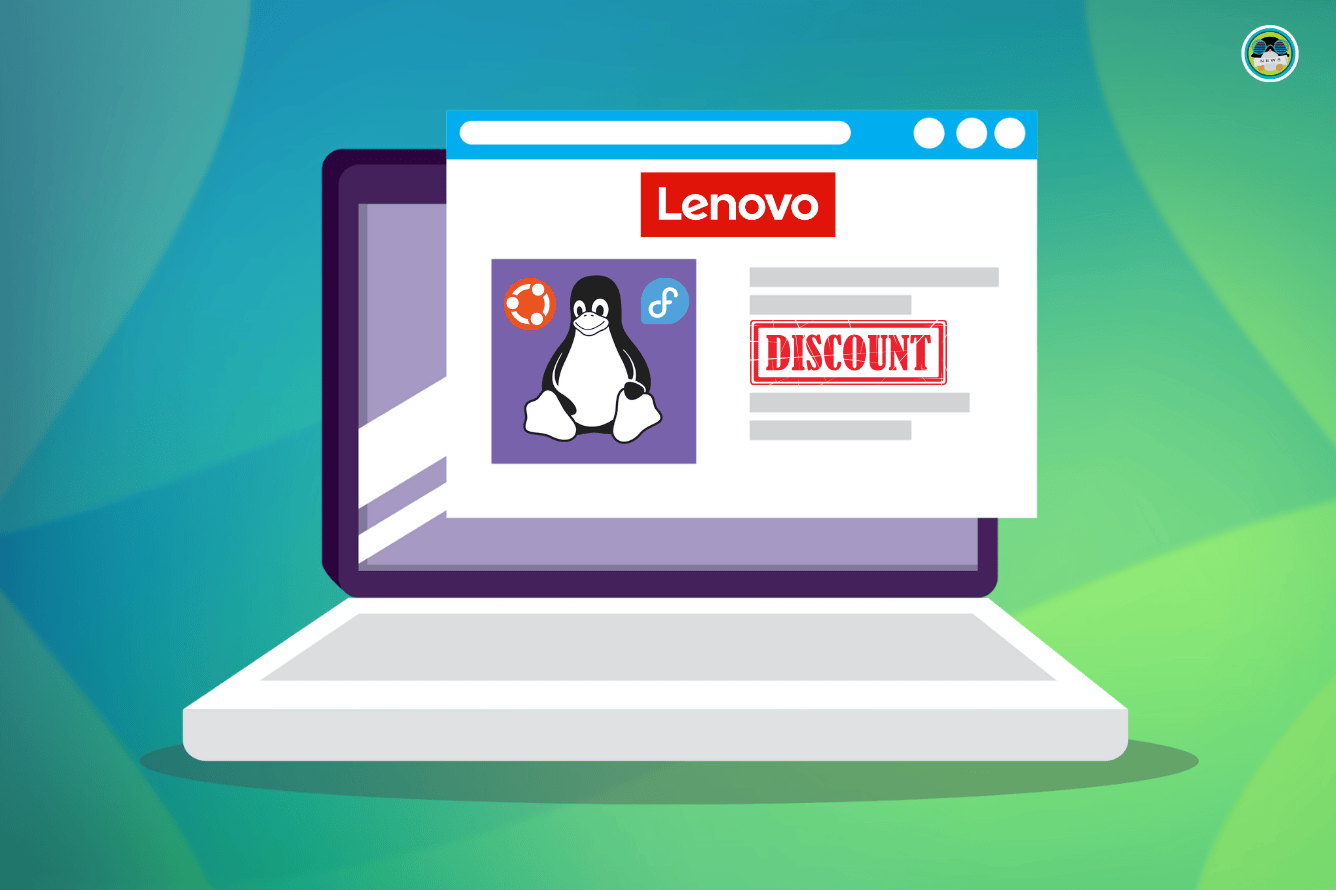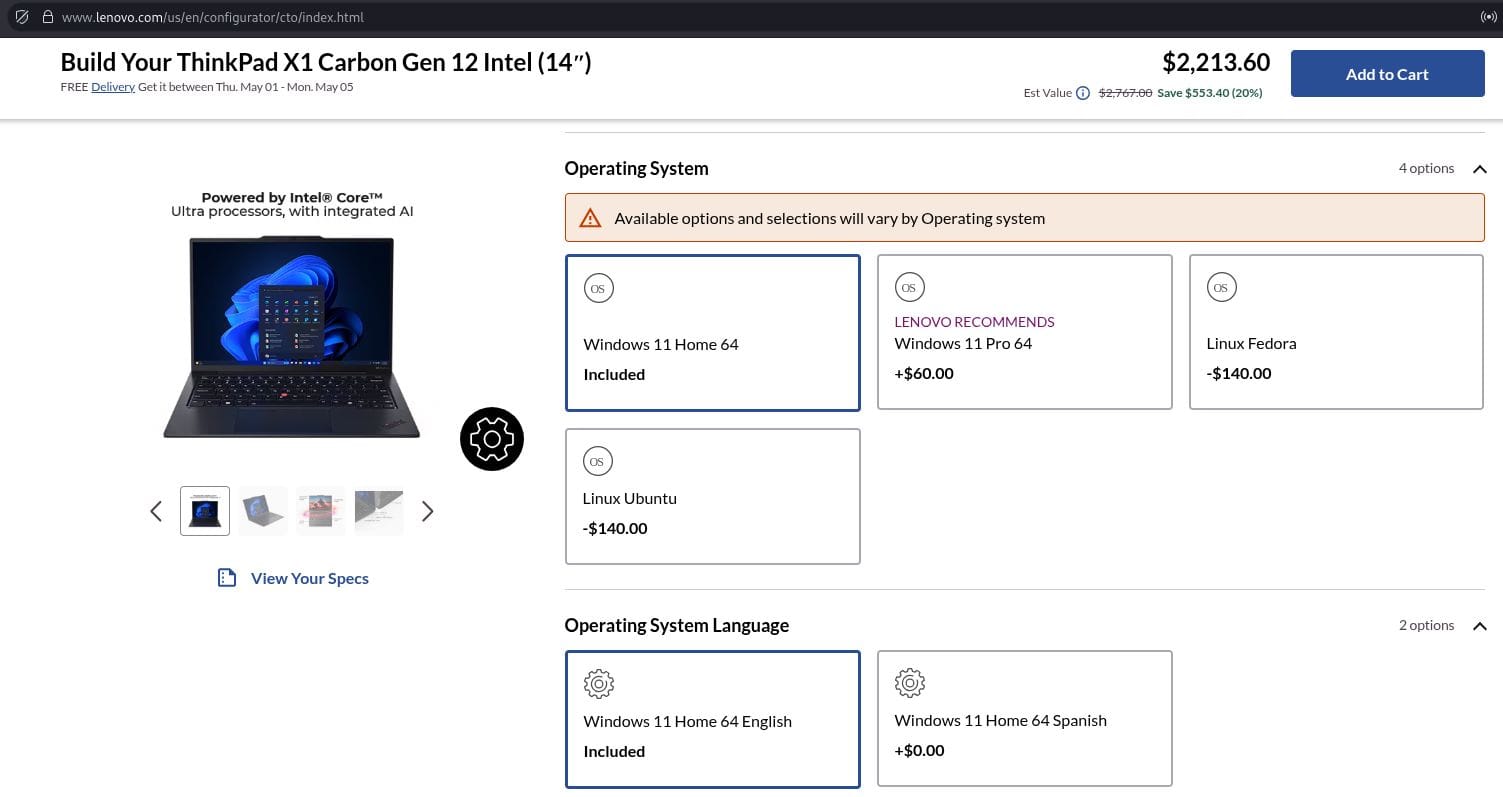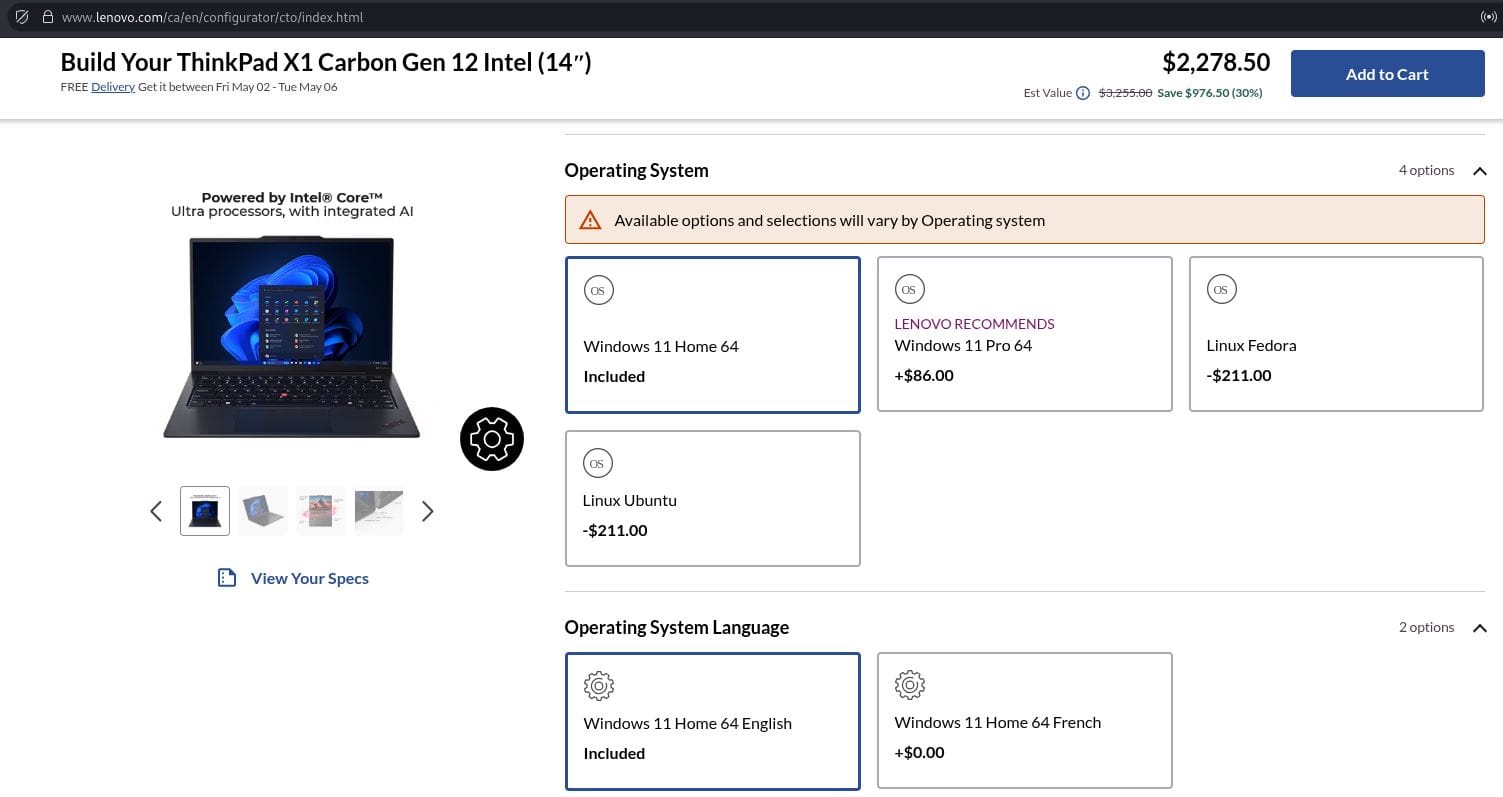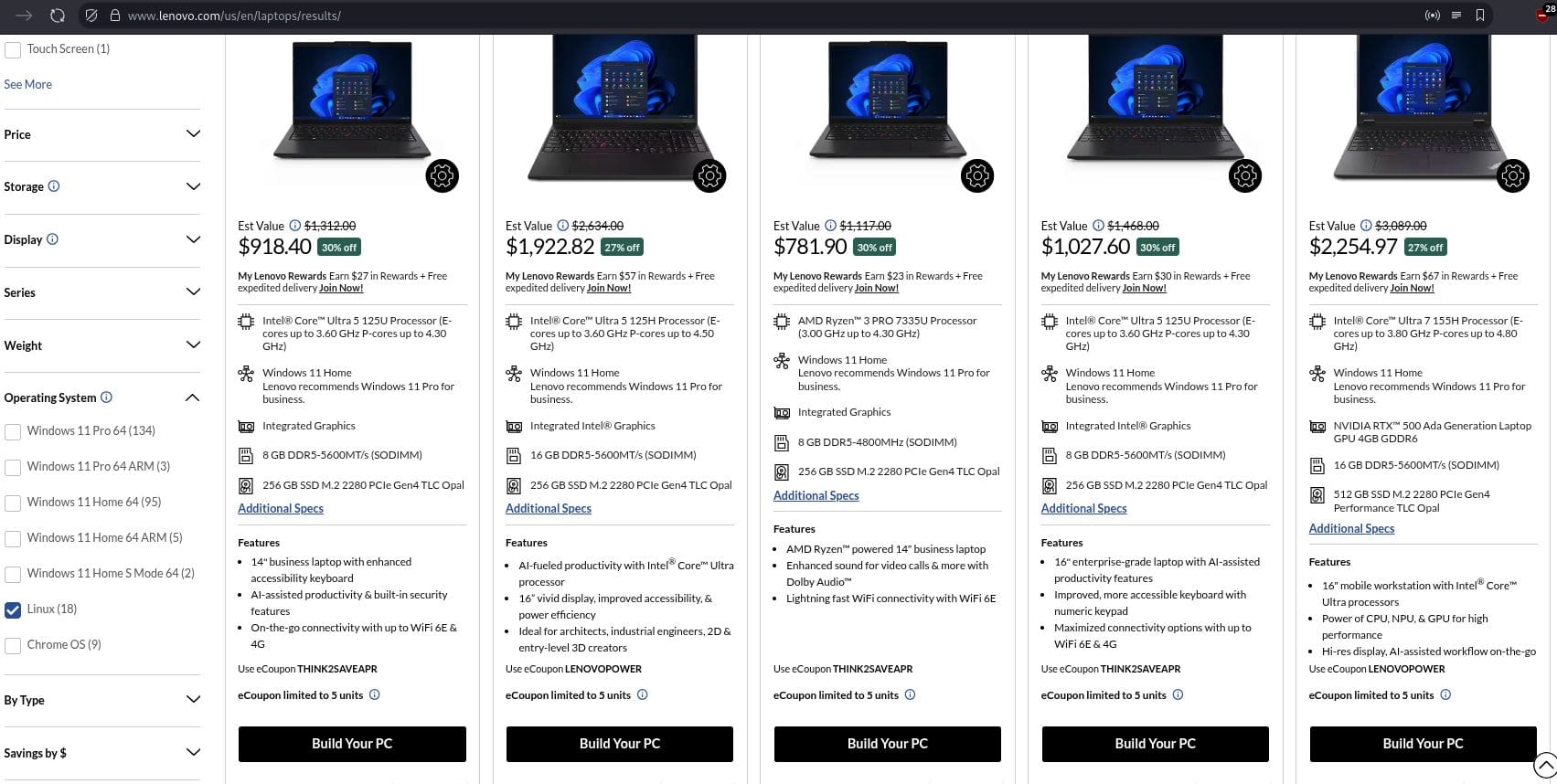Linux
7069 readers
1133 users here now
A community for everything relating to the GNU/Linux operating system
Also check out:
Original icon base courtesy of [email protected] and The GIMP
founded 2 years ago
MODERATORS
1
2
810
3
4
42
AMD Publishes Open-Source GIM Driver For GPU Virtualization, Radeon "In The Roadmap"
(www.phoronix.com)
5
6
7
8
9
10
11
12
13
14
22
Frostrail from the devs of Barotrauma 'eager' to support Linux with a 'tentative yes'
(www.gamingonlinux.com)
15
16
17
31
Linux 6.15 Lands Fix For "3x Performance Regression" Affecting Nginx & Other Software
(www.phoronix.com)
18
15
GStreamer 1.26: Improved hardware efficiency, the MPEG-5 LCEVC codec, and more
(www.collabora.com)
19
20
21
22
23
24
25
view more: next ›




